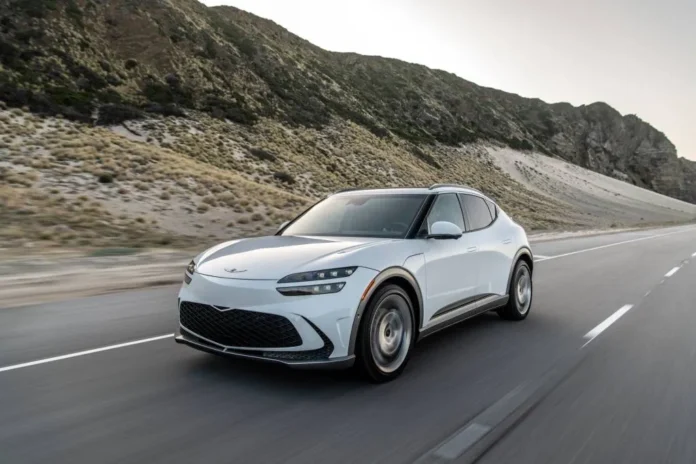What’s next for Mississippi’s green steel ambitions?
When Hy Stor initially unveiled the Mississippi project in October 2021, the company aimed to complete its first phase by 2025, with a goal of producing 110,000 metric tons of green hydrogen per year and storing more than 70,000 metric tons of it underground. Last year, Hy Stor applied for — but didn’t receive — $1 billion in U.S. Department of Energy (DOE) funding from the $7 billion hydrogen hubs program, which went to seven other projects. In its application, Hy Stor said it could break ground as early as 2023.
It’s not clear how Hy Stor’s project delays will affect its partner SSAB, which is banking on Hy Stor to supply 100 percent of the hydrogen for its green steel initiative in Perry County. Earlier this year, Sweden-based SSAB was selected to receive up to $500 million from the DOE to demonstrate methods for making iron and steel that are cleaner than today’s highly carbon-intensive, highly polluting processes.
A spokesperson for SSAB said the company “is currently in pre-award negotiations with the DOE, so at this time we are unable to comment on the proposal or related activities.”
Only one commercial ironmaking operation in the world uses hydrogen produced from renewables: the Hybrit pilot plant in Sweden, which SSAB is involved with. Instead of a coal-fueled blast furnace, the facility deploys a direct reduced iron (DRI) process that relies on hydrogen — produced on-site using wind and hydropower — to convert raw iron ore into iron briquettes.
For the U.S. project, SSAB proposed deploying Hybrit technology at a new DRI facility in Mississippi. Although SSAB hasn’t specified how large the ironmaking plant will be, a typical DRI facility produces 2 million metric tons of iron every year. The company said it also plans to expand its steelmaking operation in Montpelier, Iowa, where SSAB currently melts scrap metal in an electric arc furnace.
Beyond Mississippi, other green steel projects have recently encountered difficulties of their own. In Germany, the steelmaker Thyssenkrupp said on Monday that it’s reviewing its plans for a $3.3 billion hydrogen-fueled ironmaking plant amid rising costs, casting doubt over a key piece of the company’s decarbonization strategy, Reuters reported.
Last month, U.S. steelmaker Cleveland-Cliffs suggested it might ditch plans for a green steel project in Middletown, Ohio, citing the unwillingness of automakers and other major steel buyers to pay higher prices for lower-carbon material. Cleveland-Cliffs then swiftly reversed course and reaffirmed its commitment, leaving industry observers scratching their heads.
Like SSAB, Cleveland-Cliffs was selected to receive up to $500 million from the DOE to build a first-of-a-kind commercial facility. Not long after its flip-flop, Cleveland-Cliffs entered into phase one of its Ohio project, receiving $9.5 million from DOE to help with preliminary design and engineering work, community engagement, and environmental reviews. That phase is expected to last 15 months and cost a total of $19.1 million, according to the agency.
The two green steel projects are intended to revitalize America’s shrinking primary steel industry while also slashing CO2 emissions and toxic pollution from the country’s aging mills. Meeting those goals will require building out many gigawatts of renewable energy capacity and producing gigawatts of hydrogen within the next few years, experts say. The mounting uncertainties facing hydrogen production underscore just how monumental this challenge will be.
Source link by Canary Media
Author Maria Gallucci
#Green #hydrogen #headwinds #hit #production #hub #steel #project #Mississippi




![Hyundai’s electric hot hatch spotted out in the wild for the first time [Images] Hyundai’s electric hot hatch spotted out in the wild for the first time [Images]](https://ev-magazine.com/wp-content/uploads/2025/12/1766723605_Hyundais-electric-hot-hatch-spotted-out-in-the-wild-for-324x160.jpeg)